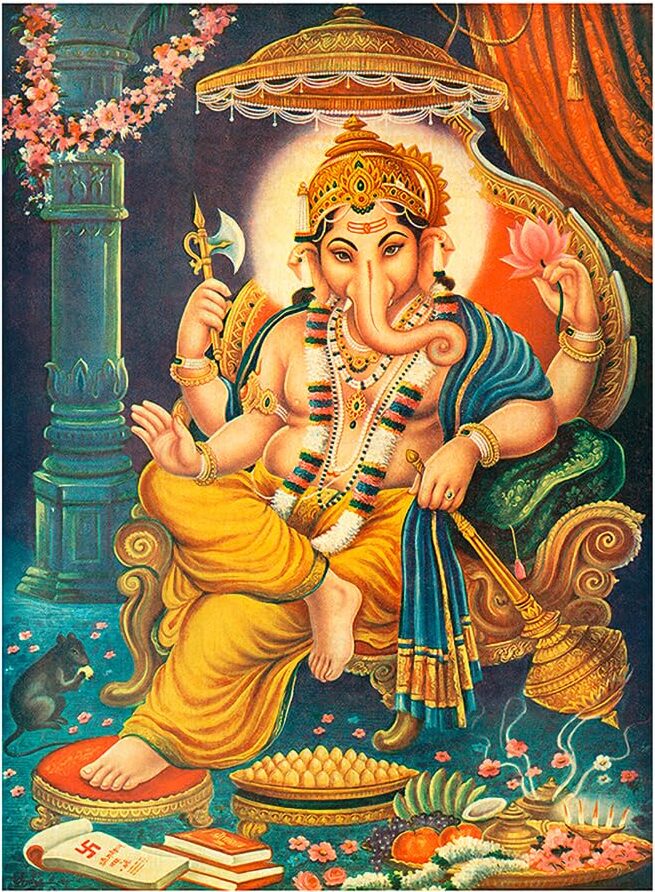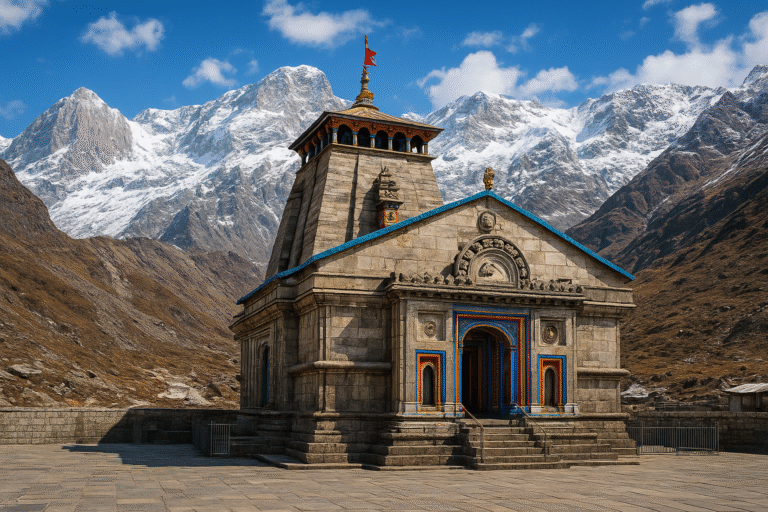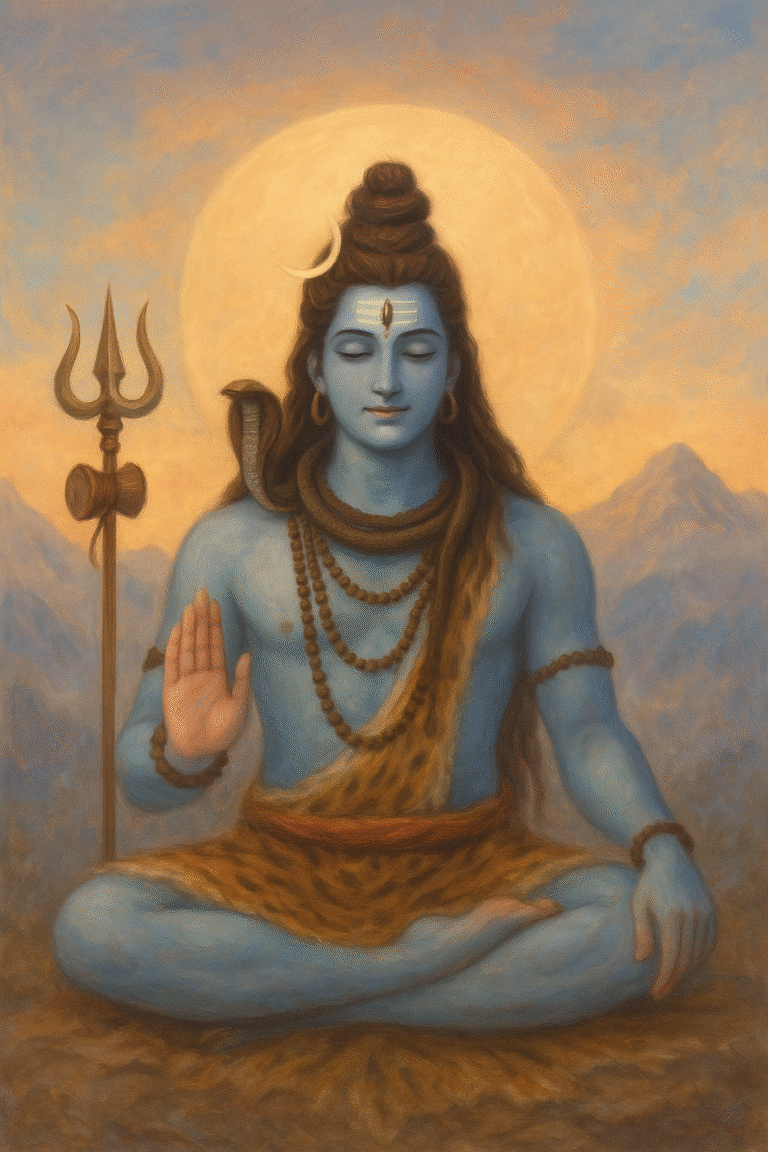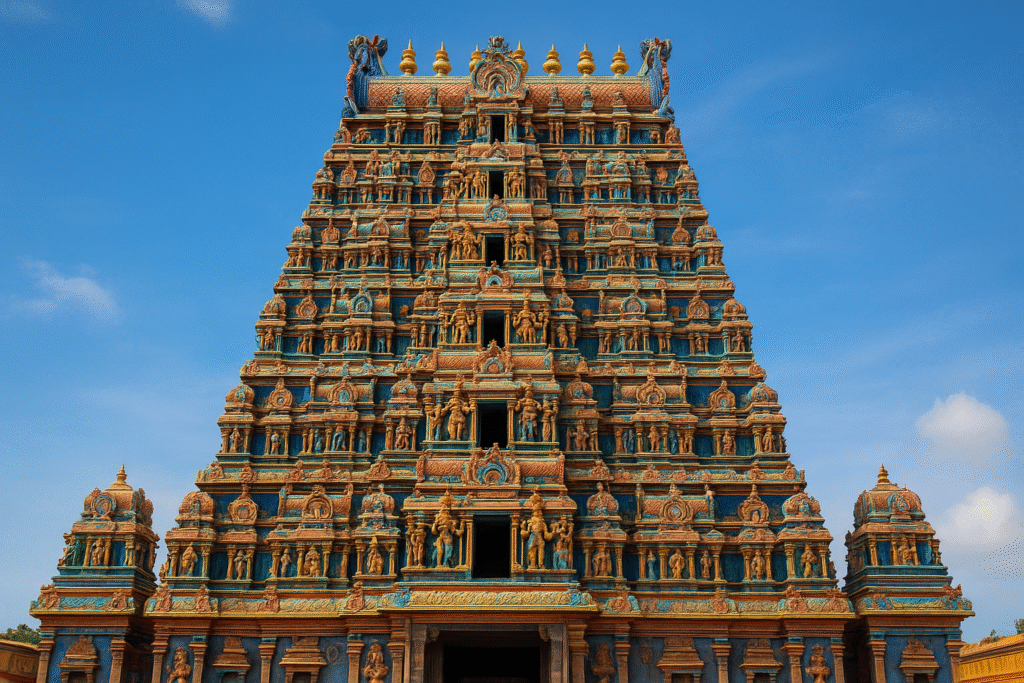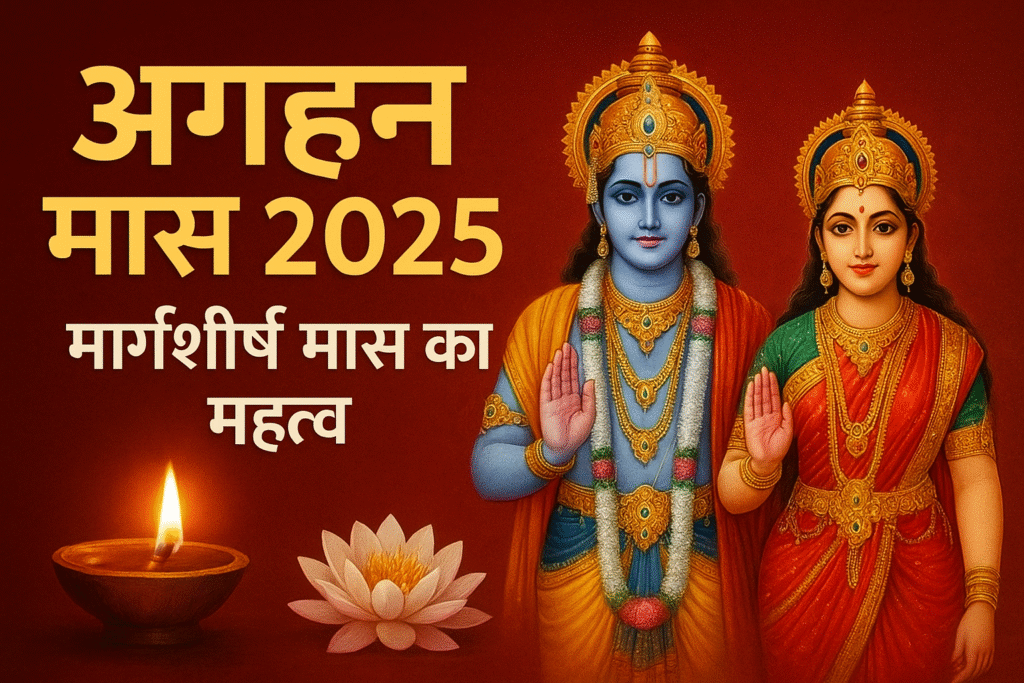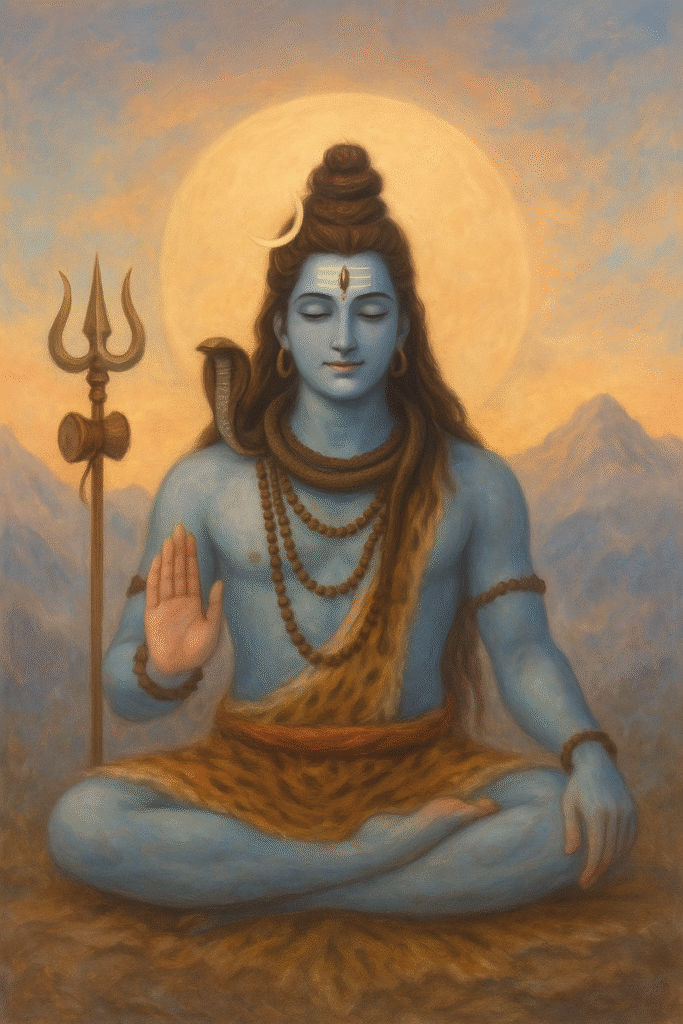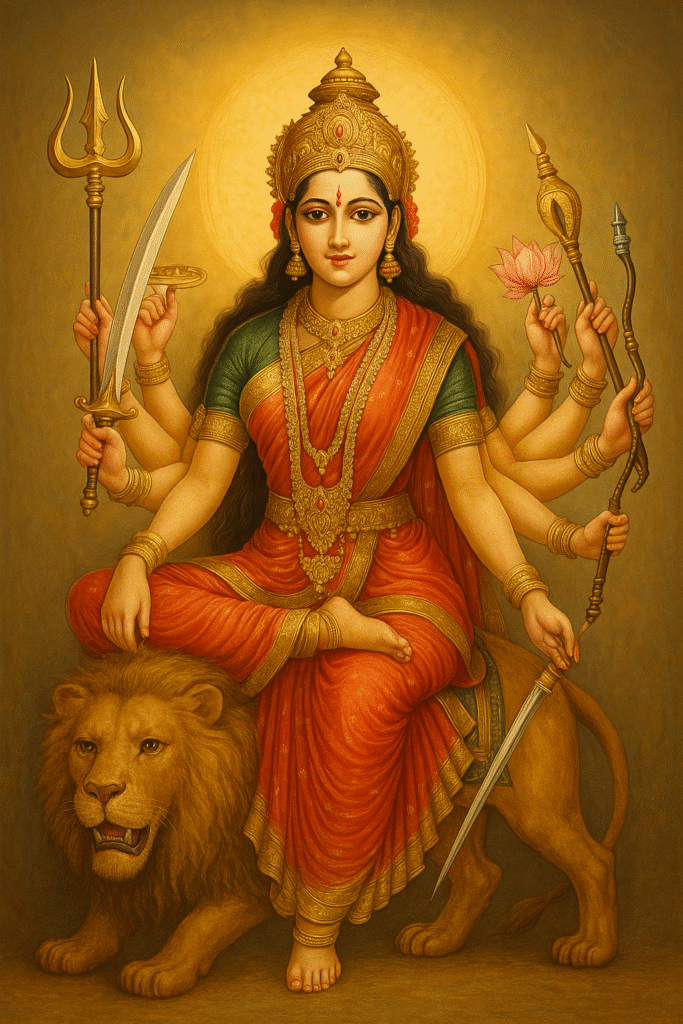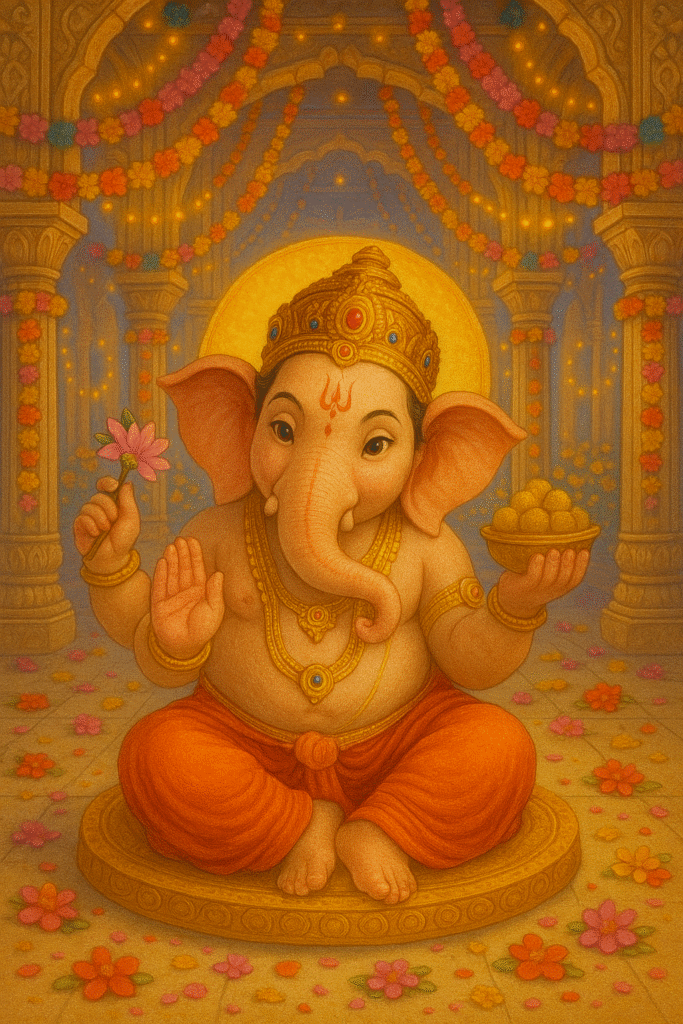Before every prayer, ceremony, or new beginning, one name is lovingly invoked — Lord Shree Ganesha, the elephant-headed deity who embodies wisdom, humility, and divine grace.
Known as the Vighnaharta (remover of obstacles) and Vinayaka (the humble leader), Lord Ganesha is more than a god — he is a guiding presence that reminds us to begin each journey with mindfulness, devotion, and inner balance.
At Dharmik Girl, we explore ancient wisdom that still touches our modern hearts. The story of Ganesha is not just mythology — it’s a living reminder that every challenge is a lesson in disguise and that true success begins with self-awareness and gratitude.
Who Is Lord Ganesha (Ganesh Ji)?
Lord Ganesha is the firstborn of Lord Shiva and Goddess Parvati, revered as the God of Beginnings. He is the first deity invoked before any ritual, symbolizing auspiciousness and purity of intention.
With the head of an elephant and the body of a child, Ganesha teaches us that beauty lies not in perfection but in divine purpose. Every part of his form — his large ears, curved trunk, round belly, and tiny mouse companion — holds deep spiritual symbolism.
When we call upon Ganesha, we invite wisdom, patience, and clarity into our hearts — qualities that help us face life with grace.
The Divine Birth of Ganesha
There are many sacred stories of how Ganesha came to be, but one of the most well-known is found in the Shiva Purana.
Goddess Parvati, wishing for privacy while bathing, created a boy from sandalwood paste and gave him life. She instructed him to guard the door. When Lord Shiva returned, Ganesha, not knowing who he was, stopped him from entering. Enraged, Shiva severed the boy’s head.
Upon realizing his mistake and Parvati’s deep sorrow, Shiva promised to bring the boy back to life. He replaced his head with that of an elephant — the symbol of strength and wisdom — and thus Ganesha was reborn as the divine child of transformation.
Lesson: Every ending carries the seed of a new beginning. Transformation often comes through forgiveness and love.
The Symbolism of Lord Ganesha
Each element of Ganesha’s form conveys a spiritual truth:
Elephant Head
Represents intelligence, strength, and calmness. The large head reminds us to think big and see beyond the immediate.
Large Ears
Symbolize the power to listen deeply — a reminder to hear more and speak less.
The Serpent Belt
Represents energy control and self-mastery — a nod to yogic awareness.
The Mouse (His Vehicle)
The mouse symbolizes desire and restlessness, yet under Ganesha’s control, it becomes a disciplined servant — teaching us to manage, not suppress, our desires.
The Modak (Sweet in His Hand)
Symbol of inner joy — the sweetness of spiritual realization that comes through devotion and self-discovery.
His Four Hands
Each carries meaning:
-
An axe to cut attachments
-
A rope to pull us toward truth
-
A modak for reward
-
A blessing hand for protection
Together, they remind us that wisdom, effort, sweetness, and grace coexist on the spiritual path.
Lord Ganesha’s Lessons for Everyday Life
1. Begin With Faith, Not Fear
Every journey starts with a step of faith. Ganesha reminds us that the divine supports all who begin with pure intentions.
2. Turn Obstacles Into Opportunities
As Vighnaharta, Ganesha doesn’t just remove obstacles — he teaches us through them. Each difficulty hides a lesson waiting to be discovered.
3. Balance Humility With Confidence
Despite his power, Ganesha is called Vinayaka — the humble one. He shows us that true leadership comes from compassion and listening.
4. Honor Your Inner Child
His playful form reminds us that joy and laughter are sacred. Spiritual growth doesn’t mean seriousness — it means childlike wonder.
5. Be Patient With Divine Timing
Ganesha’s calm face reminds us that everything unfolds when the time is right. Obstacles delay us only to prepare us better.
When you feel stuck, whisper: “Om Gam Ganapataye Namaha” — and trust that what blocks you is also shaping you.
Festivals and Celebrations
The most joyous celebration dedicated to Ganesha is Ganesh Chaturthi — a 10-day festival filled with devotion, music, and color. It begins with the Pran Pratishtha (invocation) of the idol and ends with Visarjan (immersion), symbolizing the cycle of creation and dissolution.
During these days, devotees offer sweets, flowers, and prayers, chanting mantras that fill homes with positive energy.
The message: Everything that comes into our life — even joy — must one day be released with gratitude.
How to Connect With Lord Shree Ganesha
You don’t need rituals or temples to connect with Ganesha — you only need sincerity and awareness.
-
Chant “Om Gam Ganapataye Namaha” daily to invite clarity and confidence.
-
Offer a small sweet or fruit with gratitude.
-
Keep an image of Ganesha near your workspace or altar to remind you to begin each task with focus.
-
Meditate on his calm, compassionate face and ask: “What obstacle in me needs to be understood, not avoided?”
Lord Shree Ganesha and the Modern Seeker
In today’s fast-paced, uncertain world, Ganesha’s symbolism feels more relevant than ever. He teaches us that success is not just about results — it’s about inner harmony.
When the path feels blocked, it may not be punishment — it may be protection. Ganesha clears what’s not meant for you and opens what is.
The remover of obstacles doesn’t just clear the road — he realigns you with your true purpose.
Conclusion: The Blessing of New Beginnings
Lord Ganesha is not a distant god; he is the inner voice that whispers, “Begin again.”
He is the calm presence that reminds us — no matter how many times we fall, we can rise wiser, stronger, and more centered.
When you start your day or begin something new, simply pause and say,
Om Gam Ganapataye Namaha
and know that divine guidance walks beside you.
Frequently Asked Questions (FAQ)
1. Why is Lord Ganesha called the remover of obstacles?
Because he represents wisdom and clarity — when we gain inner understanding, our outer obstacles dissolve naturally.
2. What does the mantra “Om Gam Ganapataye Namaha” mean?
It invokes Ganesha’s energy — “Salutations to the remover of obstacles.” Chanting it brings focus and courage.
3. Why is Ganesha worshipped first before other deities?
He governs beginnings and auspicious energy, ensuring success in all endeavors.
4. What is the significance of Ganesha’s large ears?
They remind us to listen more, learn deeply, and be open to others’ perspectives.
5. What can we learn from Ganesha in modern life?
To stay humble in success, calm in failure, and joyful in the process — wisdom that transforms every challenge into growth.

